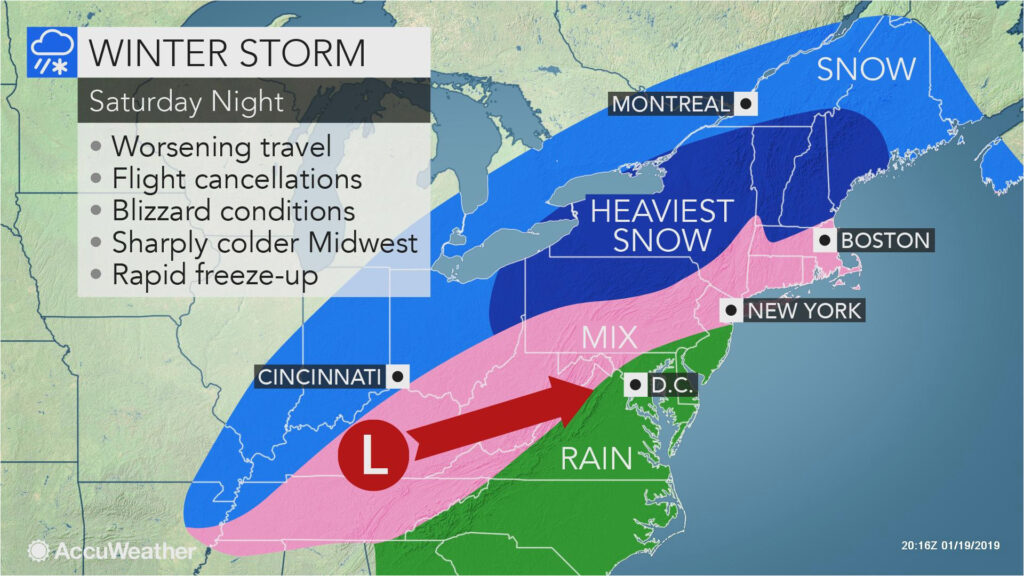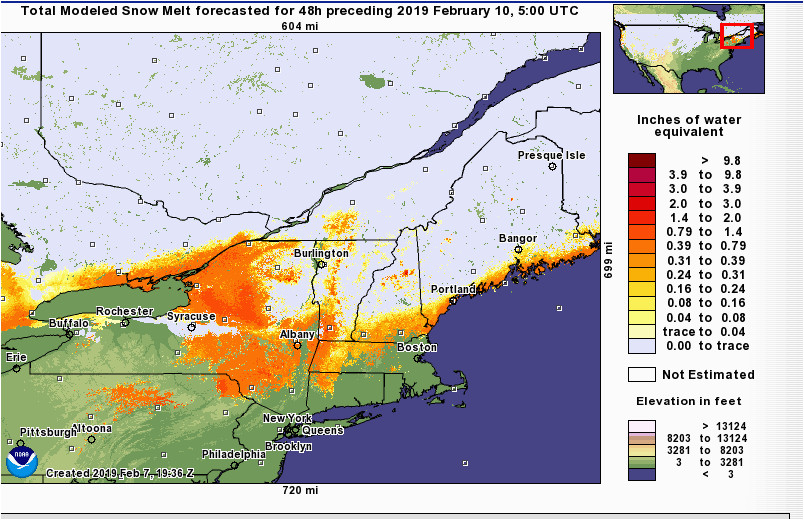Snow Emergency Levels: Your Ultimate Guide To Staying Safe This Winter
Hey there, winter warriors! Brace yourselves because we're diving headfirst into the world of snow emergency levels. Whether you're a seasoned snow enthusiast or just someone trying to survive the icy grip of winter, understanding these levels is crucial. Snow emergency levels are more than just fancy terms; they’re your lifeline to staying safe when the white stuff hits the fan. So, buckle up and let’s break it down together, shall we?
Now, you might be thinking, "Do I really need to know about snow emergency levels?" The short answer? Absolutely. These levels aren’t just for meteorologists or city officials; they’re for everyone who lives in areas where snow isn’t just a sprinkle but a full-on blizzard. Knowing what each level means could mean the difference between a cozy night in and a stressful situation on icy roads.
Before we dive deeper, let’s set the stage. Snow emergencies are declared when conditions get so bad that regular life is disrupted. This includes everything from icy roads to power outages. By the end of this guide, you’ll have all the info you need to navigate these emergencies like a pro. So, grab your hot cocoa and let’s get started!
Read also:All About Dobby Harry Potters Loyal Houseelf Who Stole Our Hearts
What Are Snow Emergency Levels?
Alright, let’s get to the nitty-gritty. Snow emergency levels are a system used by cities and states to categorize the severity of snowstorms. These levels help authorities manage resources and keep citizens safe. Think of them as a snowstorm traffic light—green means go, yellow means proceed with caution, and red means stay inside and binge-watch Netflix.
Each level has specific instructions for residents. For example, at Level 1, you might just need to avoid unnecessary travel. But at Level 3, you’re looking at a full-on lockdown where no vehicles are allowed on the roads. These levels aren’t just random; they’re based on factors like snowfall accumulation, wind speeds, and road conditions.
Here’s a quick breakdown of the levels:
- Level 1: Non-essential travel is discouraged.
- Level 2: Non-essential travel is prohibited.
- Level 3: All travel is prohibited.
Knowing these levels can save you a lot of trouble. Imagine trying to drive during a Level 3 emergency—yikes! It’s not just about staying safe; it’s about respecting the hard work of snowplows and emergency services who are out there keeping you safe.
Why Do Snow Emergency Levels Matter?
So, why should you care about snow emergency levels? Well, buddy, they matter a lot. These levels are designed to protect you and your community. When a snow emergency is declared, it means conditions are dangerous enough that normal activities could put you at risk. Think about it—icy roads, poor visibility, and potential power outages aren’t exactly a recipe for a good day.
Moreover, snow emergency levels help emergency services do their jobs more effectively. By limiting unnecessary travel, they can focus on clearing roads, responding to emergencies, and keeping everyone safe. It’s like a well-orchestrated dance between the city and its residents, ensuring everyone gets through the storm in one piece.
Read also:Emiru Boyfriend The Ultimate Guide To The Viral Sensation
Impact on Daily Life
Let’s talk about how these levels affect your everyday life. At Level 1, you might just need to reschedule that coffee date or work from home. But at Level 3, you’re looking at a full-blown shutdown. Schools close, businesses halt operations, and public transportation grinds to a halt. It’s like hitting the pause button on life until the storm passes.
But here’s the good news: understanding these levels can help you plan ahead. You can stock up on essentials, charge your devices, and make sure your loved ones are safe. It’s all about being prepared, and snow emergency levels give you the tools to do just that.
How Are Snow Emergency Levels Declared?
So, how do cities decide when to declare a snow emergency? It’s not as simple as looking out the window and saying, "Wow, that’s a lot of snow!" Nope, there’s a whole process behind it. Meteorologists monitor weather patterns, snowfall predictions, and road conditions to determine when an emergency should be declared.
Factors like snow accumulation, wind speeds, and temperature play a big role. For example, a storm with heavy snowfall and high winds might trigger a Level 3 emergency, while a lighter storm might only warrant a Level 1. It’s all about assessing the risk and taking appropriate action.
Who Declares Snow Emergencies?
Here’s the kicker: snow emergencies are typically declared by local government officials, often in coordination with meteorologists and emergency services. These officials have the authority to impose travel restrictions and coordinate snow removal efforts. It’s a team effort to ensure everyone stays safe and sound.
And don’t worry, you won’t be caught off guard. Cities usually announce snow emergencies through news outlets, social media, and emergency alert systems. So, make sure your notifications are on and your radio is tuned in!
Preparing for Snow Emergencies
Now that you know what snow emergency levels are, let’s talk about how to prepare for them. Preparation is key, my friend. You don’t want to be scrambling for supplies when the snow starts falling. Here’s a quick checklist to help you get ready:
- Stock up on non-perishable food and water.
- Charge your devices and have backup power sources ready.
- Make sure your car is equipped with emergency supplies, like blankets and a first-aid kit.
- Check in with your neighbors, especially the elderly or those with disabilities.
Preparation isn’t just about supplies; it’s about having a plan. Know your local emergency contacts, have a communication plan with your family, and be ready to hunker down if needed. It’s all about being proactive, not reactive.
Emergency Supplies You Need
Let’s dive deeper into emergency supplies. Here’s a list of must-haves:
- Canned goods and a can opener
- Bottled water
- Batteries and flashlights
- Warm blankets and extra clothing
- Medications and first-aid supplies
These items might seem basic, but trust me, they can make all the difference when the power’s out and the snow’s piling up. And don’t forget to check on your furry friends—they need supplies too!
Staying Safe During a Snow Emergency
Alright, let’s talk safety. Staying safe during a snow emergency is all about common sense and following the rules. If a Level 3 emergency is declared, stay off the roads, no matter how important that errand seems. Trust me, your local snowplow operator will thank you.
But safety isn’t just about avoiding travel. It’s about staying warm, hydrated, and informed. Keep an eye on the weather updates, check in with your loved ones, and don’t hesitate to reach out to emergency services if you need help.
Common Mistakes to Avoid
Let’s talk about some common mistakes people make during snow emergencies:
- Ignoring travel restrictions
- Underestimating the severity of the storm
- Forgetting to check on vulnerable neighbors
These mistakes can have serious consequences. Remember, snow emergencies are declared for a reason. Take them seriously, and you’ll be just fine.
Understanding Snow Emergency Levels in Different Regions
Now, here’s something interesting: snow emergency levels can vary from region to region. What’s considered a Level 3 emergency in one city might only be a Level 1 in another. That’s because different areas have different thresholds for snowfall and road conditions.
For example, cities in the northern U.S. might have stricter criteria for declaring emergencies due to their harsher winters. Meanwhile, cities in the south might declare emergencies for even small amounts of snow because they’re not equipped to handle it.
Regional Variations in Snow Emergencies
Understanding these regional differences is important, especially if you travel frequently. Always check the local guidelines and be prepared for anything. It’s all about adapting to your environment and staying informed.
Impact of Snow Emergencies on Businesses
Let’s shift gears and talk about how snow emergencies impact businesses. For many companies, snow emergencies mean temporary closures and lost revenue. But some businesses actually thrive during these times, like grocery stores and heating companies.
Businesses can prepare by having contingency plans in place. This might include allowing employees to work from home, ensuring supply chains remain intact, and communicating with customers about any disruptions. It’s all about staying flexible and resilient in the face of adversity.
How Businesses Can Prepare
Here are some tips for businesses preparing for snow emergencies:
- Develop a remote work policy
- Ensure communication channels are open
- Stock up on essential supplies
By taking these steps, businesses can minimize disruptions and keep operations running smoothly, even during the toughest storms.
Conclusion: Stay Safe and Stay Informed
Alright, that’s a wrap! Snow emergency levels might seem intimidating, but they’re actually your best friend when it comes to staying safe during winter storms. By understanding these levels and preparing accordingly, you can weather any storm that comes your way.
So, what’s the takeaway? Stay informed, stay prepared, and most importantly, stay safe. And don’t forget to check on your neighbors—after all, we’re all in this together. Share this guide with your friends and family, and let’s make sure everyone knows how to navigate snow emergencies like pros.
Thanks for reading, and remember: winter might be tough, but with the right knowledge and preparation, you’ve got this. Now go grab that hot cocoa and enjoy the snowstorm from the comfort of your living room!
Table of Contents
- What Are Snow Emergency Levels?
- Why Do Snow Emergency Levels Matter?
- How Are Snow Emergency Levels Declared?
- Preparing for Snow Emergencies
- Staying Safe During a Snow Emergency
- Understanding Snow Emergency Levels in Different Regions
- Impact of Snow Emergencies on Businesses


